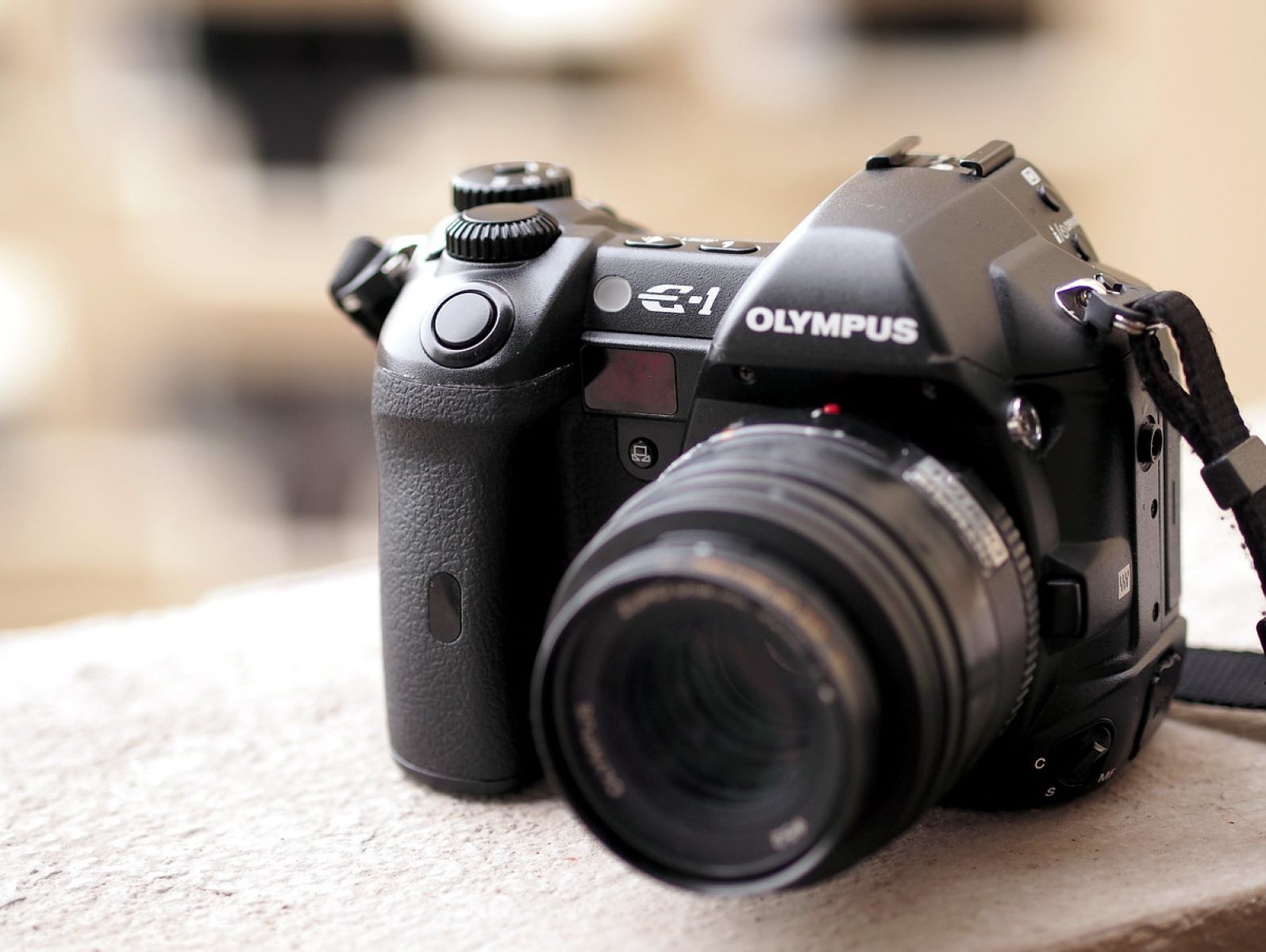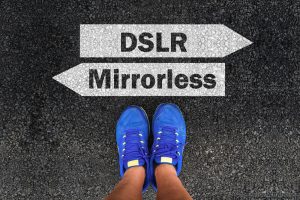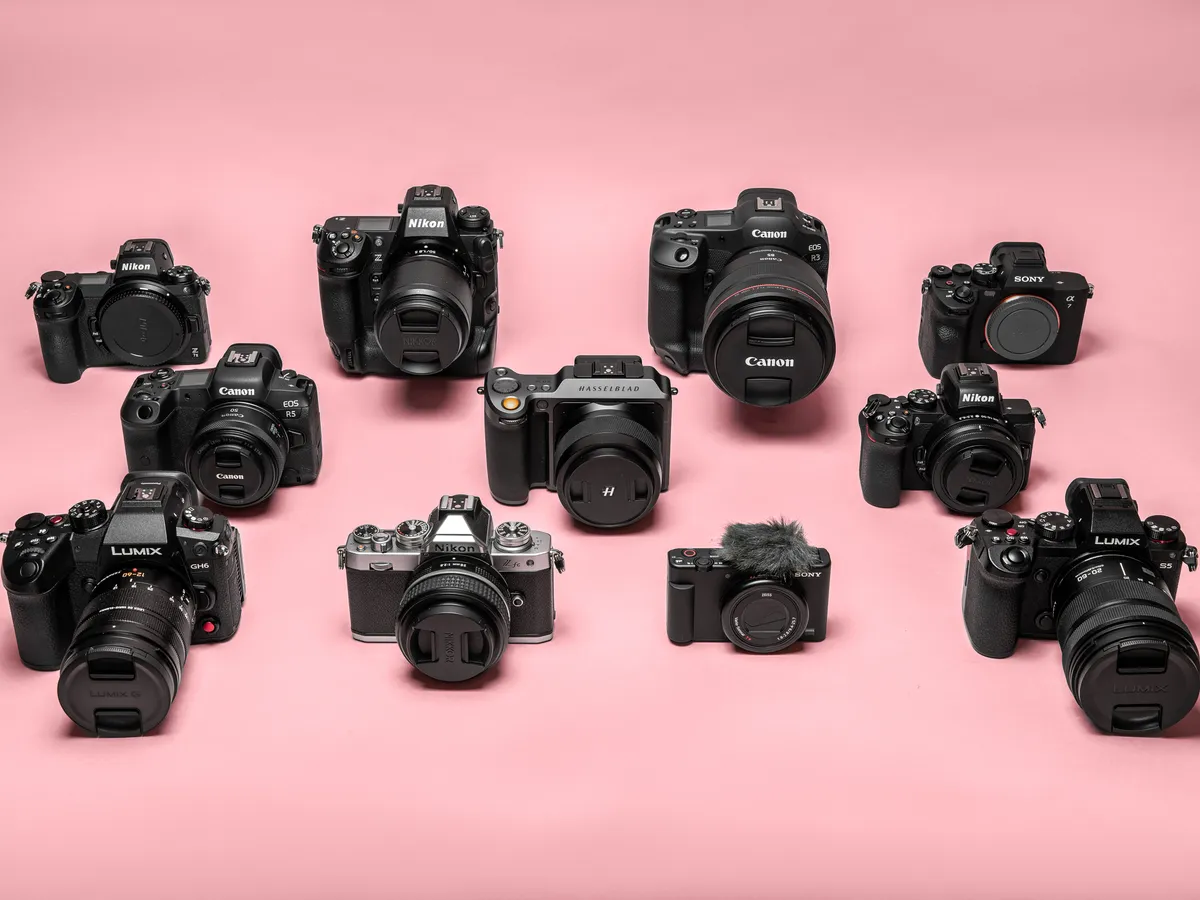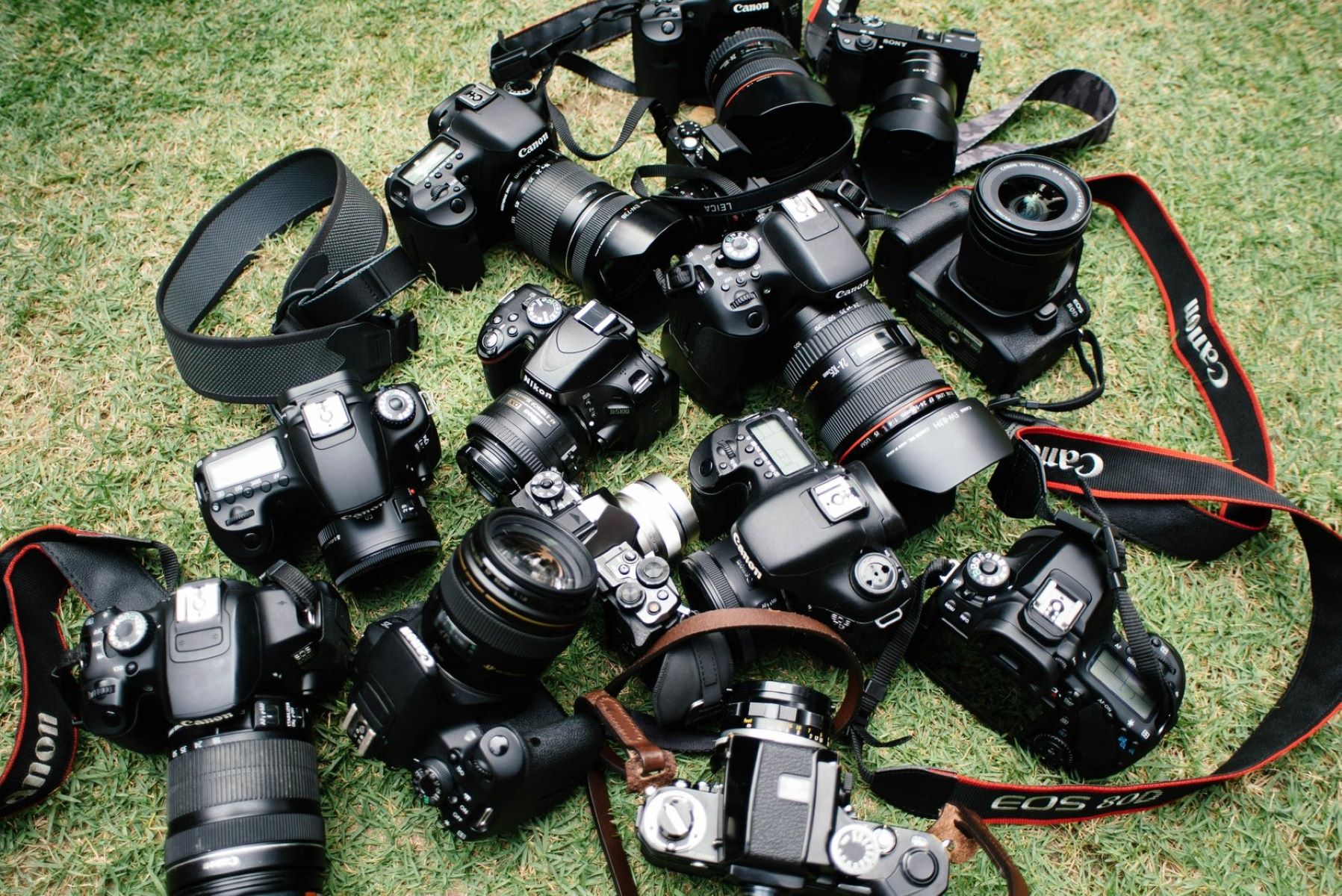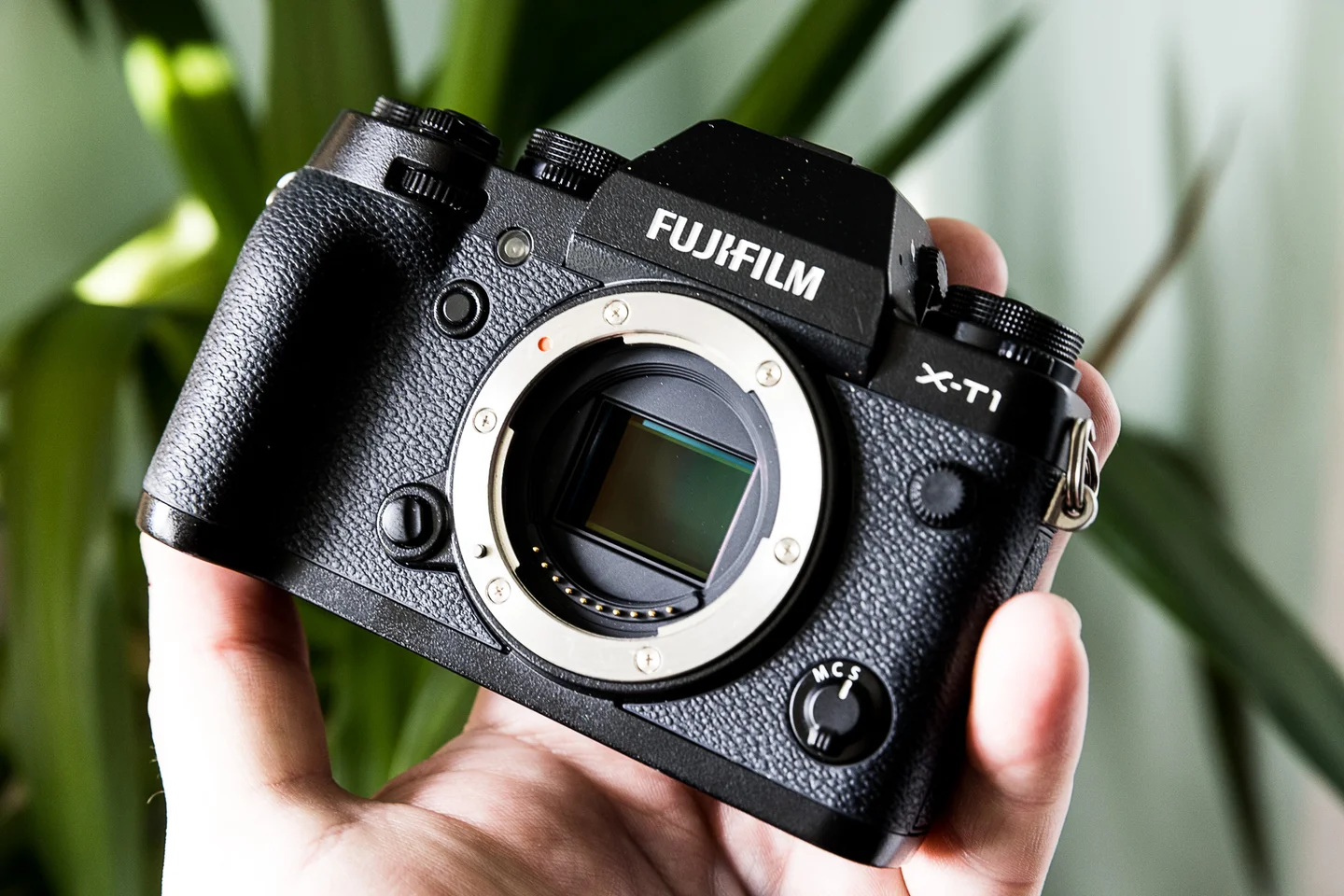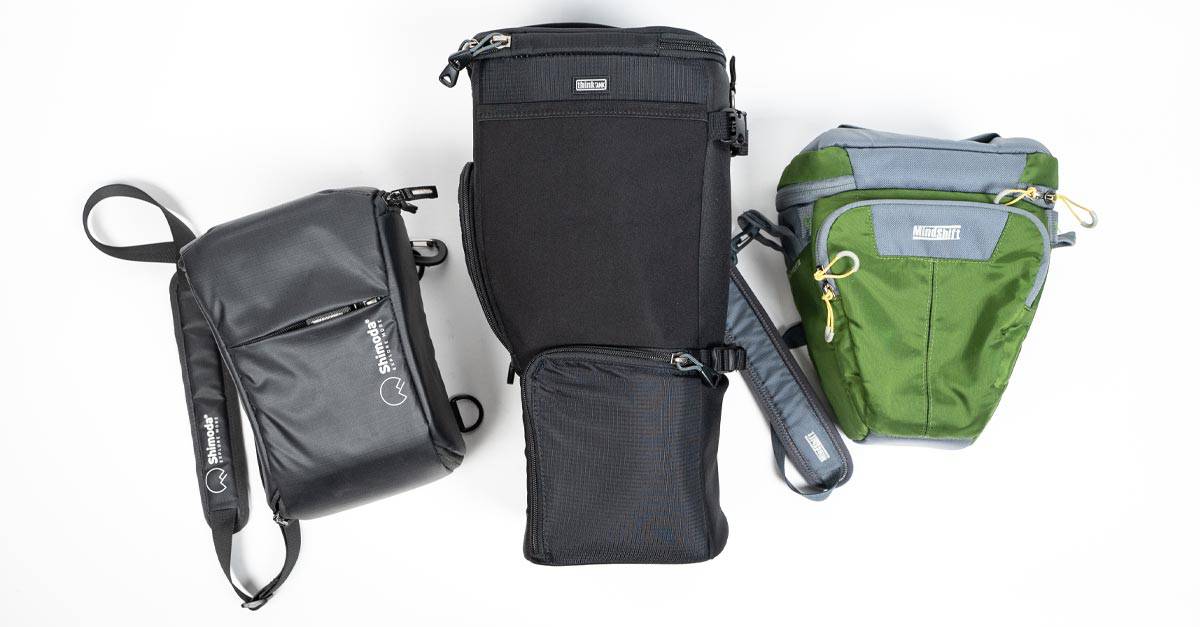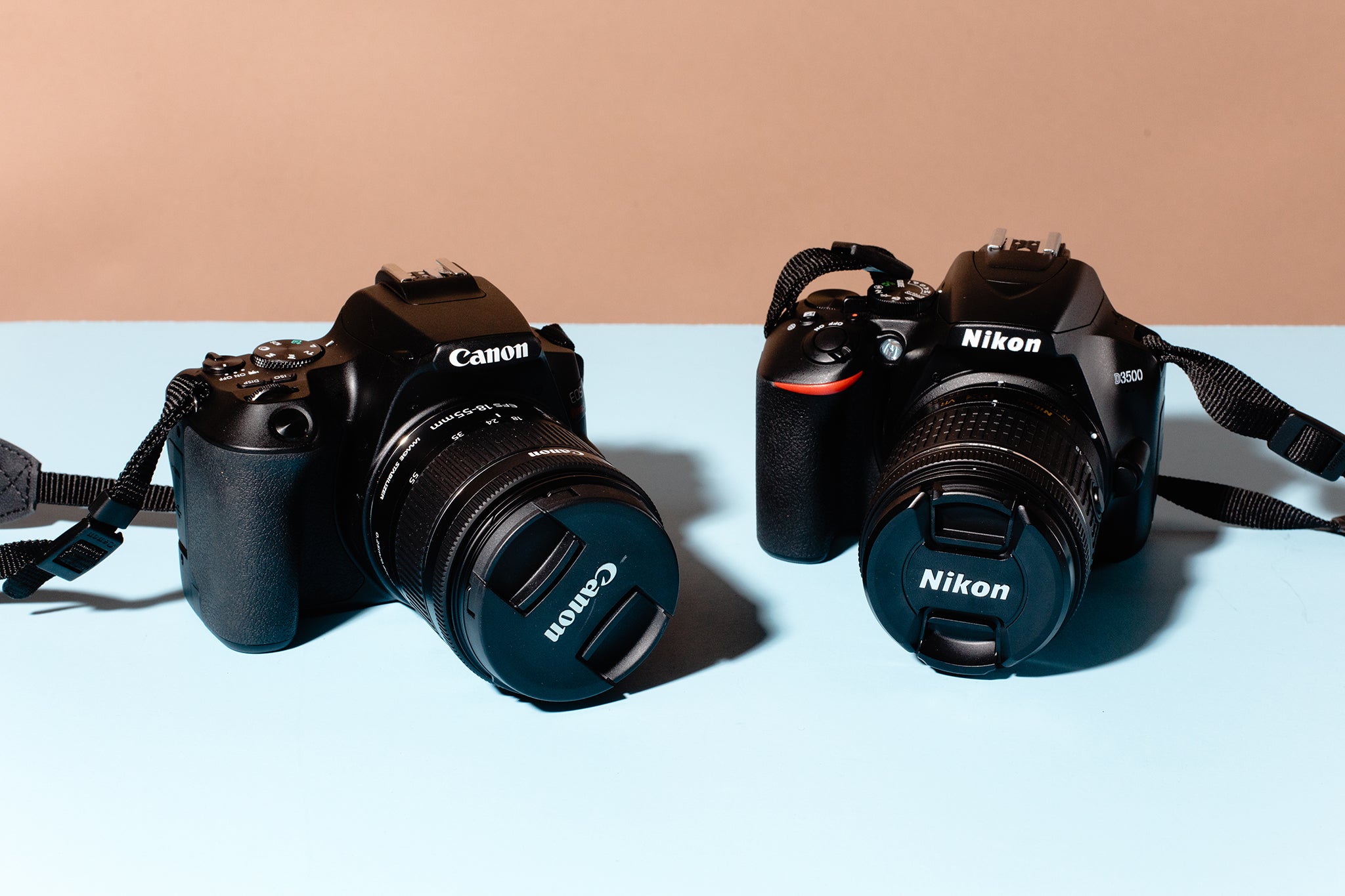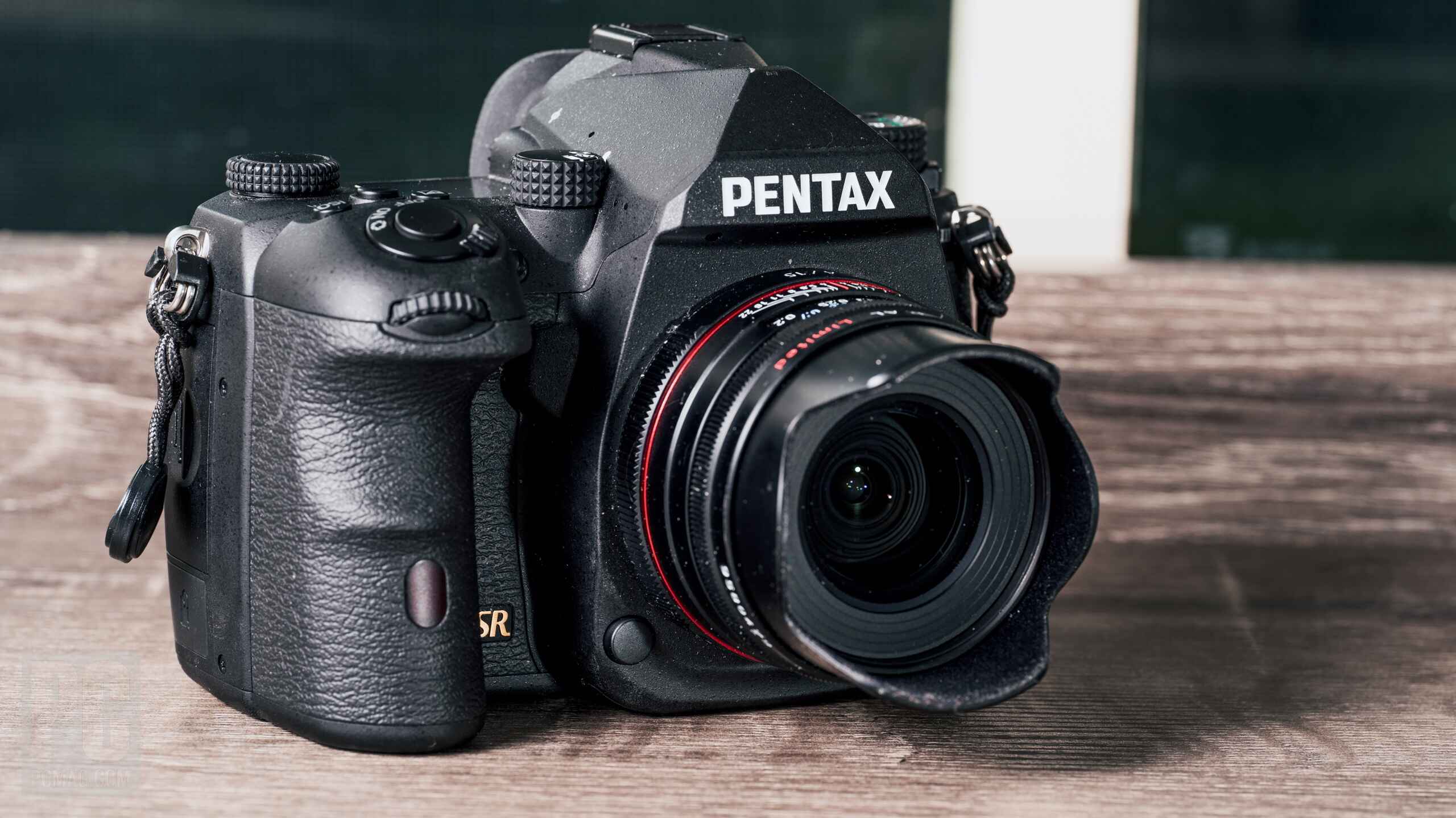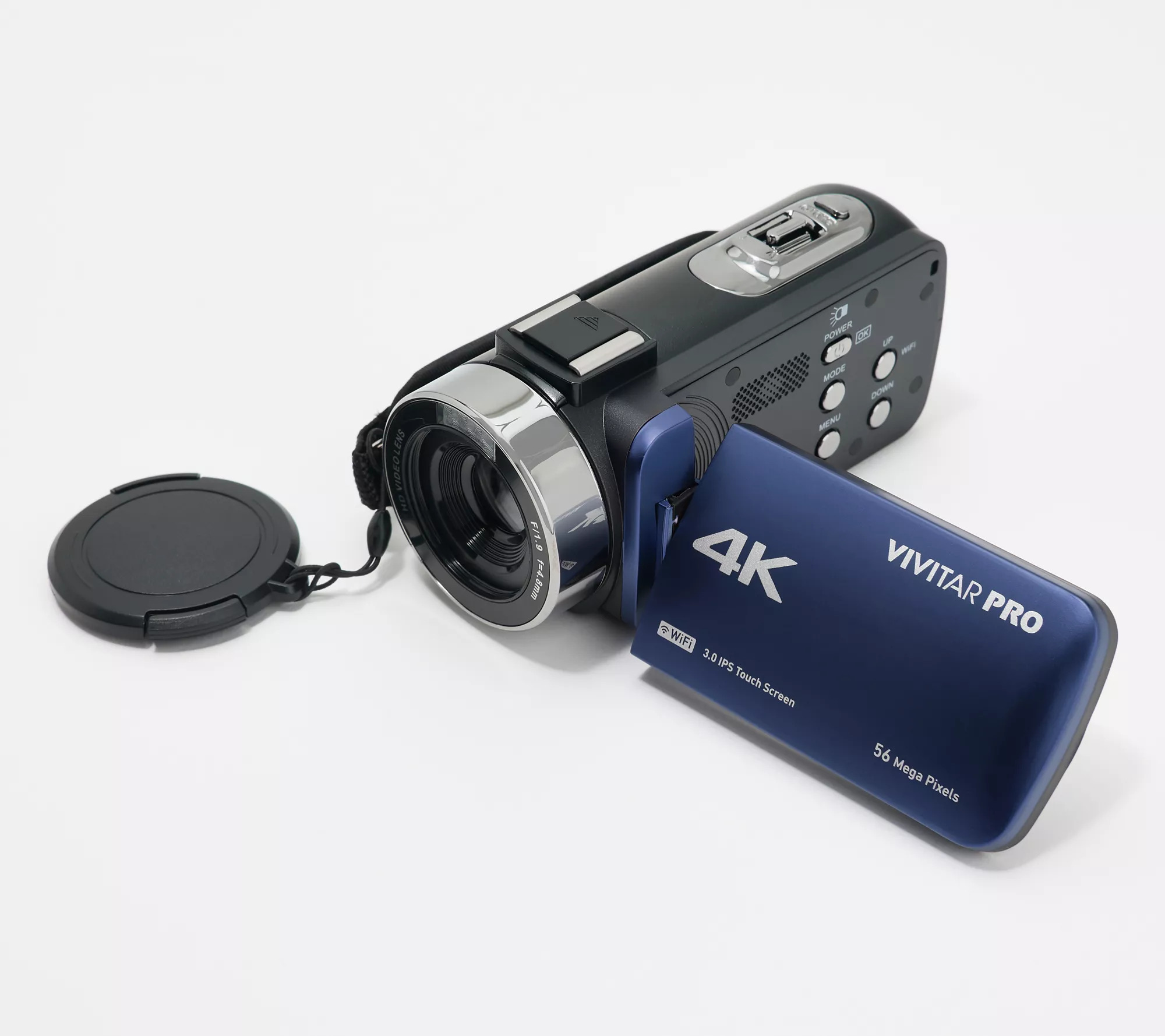Introduction
So, you've got your hands on an Olympus DSLR camera and you're excited to start capturing stunning images. But did you know that you can breathe new life into your photography by using older lenses with your Olympus DSLR? That's right! Olympus DSLR cameras are not limited to just the lenses that were released alongside them. In fact, these cameras are incredibly versatile and can accommodate a wide range of older lenses, opening up a world of creative possibilities for photographers.
Using older lenses on your Olympus DSLR camera allows you to experiment with different focal lengths, apertures, and optical characteristics, giving you the opportunity to create unique and compelling images. Whether you're a seasoned professional or an enthusiastic amateur, the ability to use older lenses with your Olympus DSLR can greatly enhance your photography experience.
In this article, we'll delve into the benefits of using older lenses on Olympus DSLR cameras, explore the compatibility of older lenses with these cameras, and provide valuable tips for making the most of this versatile combination. By the end of this read, you'll be equipped with the knowledge and inspiration to unleash the full potential of your Olympus DSLR camera with older lenses. Let's embark on this exciting journey of photographic exploration and discovery!
Benefits of Using Older Lenses on Olympus DSLR Cameras
Using older lenses on your Olympus DSLR camera offers a myriad of benefits that can significantly elevate your photography experience. Here are some compelling advantages of incorporating older lenses into your Olympus DSLR setup:
- Cost-Effectiveness: Older lenses can be more budget-friendly compared to their modern counterparts. This presents an opportunity for photographers to expand their lens collection without breaking the bank, making high-quality optics more accessible.
- Unique Aesthetic Qualities: Older lenses often impart distinctive character to images, such as vintage color rendition, unique bokeh, and characteristic optical imperfections. These qualities can add an artistic flair to your photographs, setting them apart from the clinical precision of modern lenses.
- Adaptability: Olympus DSLR cameras can be paired with a wide range of older lenses from various manufacturers using lens mount adapters. This adaptability allows photographers to explore the diverse optical signatures of lenses from different eras and brands.
- Exploration of Focal Lengths and Apertures: Older lenses come in a variety of focal lengths and maximum apertures, providing photographers with the opportunity to experiment with different perspectives and depth of field characteristics. This versatility can enrich the creative potential of your photography.
- Enhanced Manual Control: Many older lenses are fully manual, requiring photographers to set the aperture, focus, and shutter speed manually. This hands-on approach can deepen your understanding of photographic principles and foster a more deliberate and considered shooting process.
By leveraging the unique qualities and adaptability of older lenses, photographers can infuse their work with a distinct visual identity and expand their creative horizons. The next section will delve into the compatibility of older lenses with Olympus DSLR cameras, shedding light on the seamless integration of these optics with your camera body.
Compatibility of Older Lenses with Olympus DSLR Cameras
One of the remarkable features of Olympus DSLR cameras is their compatibility with a wide array of older lenses, offering photographers the flexibility to explore a diverse selection of optics. The seamless integration of older lenses with Olympus DSLRs is made possible through the use of lens mount adapters, which enable photographers to attach lenses with various mounts to their Olympus camera bodies.
Olympus DSLR cameras, such as the OM-D series and the E-System models, are designed to accommodate different lens mount adapters, allowing photographers to use lenses from renowned manufacturers such as Canon, Nikon, Leica, and more. This versatility empowers photographers to leverage the unique optical characteristics and historical significance of older lenses, breathing new life into these optics and expanding the creative potential of their Olympus DSLR setup.
When selecting a lens mount adapter for your Olympus DSLR, it is essential to ensure compatibility with both the camera body and the specific lens you intend to use. Additionally, some lens mount adapters feature built-in corrective elements to maintain infinity focus and optimize optical performance, particularly when adapting lenses with longer focal lengths.
It is important to note that while using older lenses with Olympus DSLR cameras opens up a wealth of creative opportunities, certain functionalities such as autofocus and electronic aperture control may be limited or unavailable when using manual lenses with lens mount adapters. However, the manual operation of older lenses can be a rewarding and immersive experience, fostering a deeper connection between the photographer and the photographic process.
By embracing the compatibility of older lenses with Olympus DSLR cameras, photographers can embark on a captivating journey of exploration, tapping into the rich heritage of lens craftsmanship and unleashing the artistic potential of these timeless optics. In the next section, we will delve into valuable tips for effectively using older lenses on Olympus DSLR cameras, empowering photographers to optimize their shooting experience and achieve outstanding results.
Tips for Using Older Lenses on Olympus DSLR Cameras
As you embark on the exciting journey of using older lenses with your Olympus DSLR camera, it’s essential to consider a few valuable tips to maximize the potential of this dynamic combination. Whether you’re delving into the realm of vintage prime lenses or adapting renowned legacy optics, these tips will empower you to harness the full capabilities of older lenses on your Olympus DSLR:
- Research Lens Compatibility: Before acquiring an older lens for your Olympus DSLR, thoroughly research the compatibility of the lens mount and the necessary lens mount adapter. Ensure that the adapter provides a secure and precise connection between the lens and your camera body.
- Explore Manual Focus Techniques: Embrace the art of manual focusing when using older lenses. Familiarize yourself with the tactile feel of the lens focus ring and practice achieving precise focus manually. Many Olympus DSLR cameras offer focus peaking and magnification aids to facilitate accurate manual focusing.
- Experiment with Aperture Control: Older lenses often feature manual aperture control rings. Take advantage of this feature to adjust the aperture settings directly on the lens, allowing for creative control over depth of field and exposure. Familiarize yourself with the impact of different apertures on image rendering.
- Understand Focal Length Adaptation: When using older lenses with different focal lengths than your native lenses, consider the effective focal length when mounted on your Olympus DSLR. Factor in the crop factor of the camera’s sensor to anticipate the field of view and framing of your images.
- Embrace Optical Characteristics: Older lenses often exhibit unique optical characteristics such as distinct bokeh, flare, and color rendition. Embrace these characteristics as creative elements in your photography, leveraging the lens’s inherent qualities to imbue your images with a captivating visual allure.
By incorporating these tips into your photographic practice, you can harness the rich heritage and distinctive traits of older lenses, infusing your imagery with a timeless and expressive quality. The seamless integration of older lenses with Olympus DSLR cameras opens up a realm of creative possibilities, inviting photographers to explore the intersection of tradition and innovation in their craft.
Conclusion
Embarking on a photographic journey with older lenses on your Olympus DSLR camera is a captivating exploration of tradition, innovation, and artistic expression. The compatibility and adaptability of older lenses with Olympus DSLR cameras offer photographers a gateway to a diverse and compelling world of optics, enriching their creative vision and technical prowess.
By embracing older lenses, photographers can unlock a treasure trove of benefits, from the unique aesthetic qualities and cost-effectiveness of vintage optics to the enhanced manual control and adaptability across different lens mounts. The seamless integration of older lenses with Olympus DSLR cameras transcends mere technical compatibility, fostering a profound connection between the photographer, the lens, and the art of image-making.
As you navigate the realm of using older lenses on your Olympus DSLR, remember to approach the process with curiosity, creativity, and a willingness to embrace the idiosyncrasies of vintage optics. Each older lens carries a rich legacy and a distinct visual signature, inviting you to craft imagery that resonates with history, artistry, and personal expression.
Through diligent research, deliberate practice, and an open-minded approach, photographers can harness the full potential of older lenses, infusing their photographic narratives with a timeless allure and a nuanced visual language. The utilization of older lenses on Olympus DSLR cameras transcends technical adaptation; it is a celebration of craftsmanship, heritage, and the enduring pursuit of photographic excellence.
So, as you venture forth with your Olympus DSLR and older lenses in hand, may your photographic odyssey be marked by discovery, inspiration, and the timeless artistry that transcends eras. Embrace the past, seize the present, and illuminate the future through the evocative imagery crafted with the harmonious union of older lenses and Olympus DSLR cameras.







